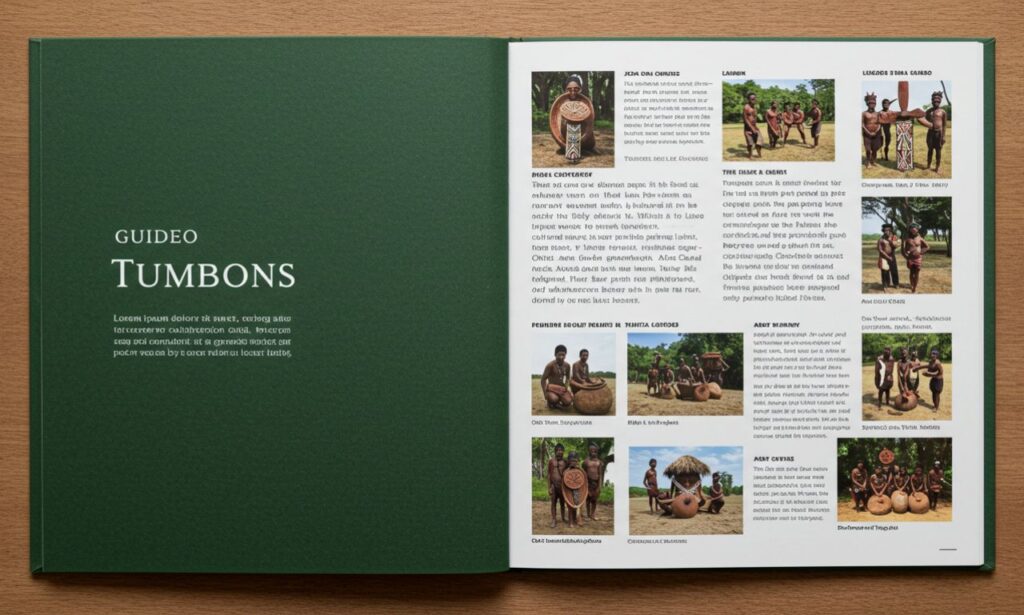The word tumbons has been gaining attention in different contexts, from language and culture to creative projects and digital references. While it may appear unusual or unfamiliar at first glance, the concept behind tum bons carries depth and relevance in multiple areas of life. This article explores the origins, uses, and importance of tum bons, making it easier to understand why the term continues to spark curiosity.
What Are Tumbons?
At its core, the term tum bons can refer to symbolic objects, creative references, or abstract ideas that hold a certain meaning depending on context. In everyday discussions, it might be used as a reference to designs, artifacts, or personalized creations.
While there isn’t a single rigid definition of tum bons, it often describes:
-
Objects with symbolic or decorative value
-
Cultural or traditional items
-
Creative works with unique identity
This flexibility makes tum bons an intriguing subject, adaptable to various cultural and modern interpretations.
The Origins of Tumbons
The exact origins of the term tum bons are not well-documented, but like many cultural words, it likely comes from local expressions that evolved over time. In some traditions, terms resembling tum bons are linked to symbolic objects or artifacts meant for rituals, art, or storytelling.
Over time, the meaning expanded beyond specific traditions to include creative, cultural, and even digital references. Today, tum bons are mentioned in multiple contexts—from community practices to global conversations.
Everyday Uses
The concept of tum bons can be applied in various areas of daily life. Some common uses include:
-
Decorative items: Home décor often includes handmade or symbolic objects that can be called tumbons.
-
Crafts and art: Artists may design tum bons to reflect personal or cultural identity.
-
Cultural practices: In certain communities, tum bons represent values, beliefs, or heritage.
-
Fashion and accessories: Unique designs inspired by tum bons appear in clothing, jewelry, or creative patterns.
This versatility highlights how tum bons go beyond one single definition and instead reflect creativity and tradition.
Tumbons in Cultural Context
Culture plays a central role in understanding tum bons. They often symbolize heritage, identity, and belonging. In some traditions, tumbons act as storytellers, where objects or designs carry historical significance.
For example:
-
Tribal communities may use tum bons as part of rituals or ceremonies.
-
Folk art may showcase tum bons as designs with symbolic meanings.
-
Storytelling traditions may reference tum bons as metaphors for protection, identity, or memory.
This cultural depth makes tum bons more than just objects—they are carriers of meaning and heritage.
The Creative Side of Tumbons
One of the most exciting aspects of tum bons is their creative potential. Artists, designers, and creators often use the concept of tum bons to develop unique works. These may include:
-
Digital designs and patterns
-
Handmade crafts
-
Sculptures or artistic symbols
-
Logos and branding elements
Because tum bons do not have a fixed definition, they allow for endless creativity. This adaptability has made them popular in artistic and digital spaces.
Tumbons in Modern Digital Culture
In the digital era, tum bons have taken on new life. Online communities and creative platforms often use the word to describe digital creations or symbolic representations. For instance:
-
NFTs (Non-Fungible Tokens) sometimes resemble the concept of tum bons—unique digital artifacts with value.
-
Online games and virtual worlds may feature tum bons as decorative or symbolic items.
-
Social media trends use the term creatively to highlight art, culture, or abstract ideas.
This evolution shows that tum bons have successfully bridged traditional and modern spaces.
Sustainability and Tumbons
With growing awareness around sustainability, tumbons also connect to eco-friendly practices. Many are created from recycled or natural materials, aligning with the global movement toward greener lifestyles. Eco-conscious creators use tum bons to promote:
-
Upcycling (turning waste into art).
-
Natural material usage (wood, clay, paper, fabric).
-
Minimalist living (valuing symbolic over mass-produced items).
Thus, tum bons can serve as both cultural symbols and sustainable solutions.
The Symbolism of Tumbons
Symbolism is at the heart of tum bons. Depending on their design or purpose, they may symbolize:
-
Protection – guarding homes or people.
-
Identity – representing culture, community, or personal uniqueness.
-
Creativity – showing artistic imagination.
-
Connection – linking tradition with modernity.
This symbolic richness is why tum bons continue to fascinate communities worldwide.
Tumbons in Business and Branding
Surprisingly, tum bons also find space in business. Brands often adapt the concept of tum bons to:
-
Build unique logos or mascots.
-
Create packaging that reflects cultural identity.
-
Offer handmade or artisan products under a tum bons-inspired label.
This approach resonates with audiences looking for authenticity, creativity, and cultural connection.
Global Relevance
While the word may have roots in specific regions, tum bons now hold global relevance. Cultural exchange, digital platforms, and international art communities have made the idea accessible worldwide. People from different backgrounds are adopting the concept, giving it new meanings along the way.
The Future of Tumbons
Looking ahead, tum bons are set to grow in importance as both cultural and creative references. With the rise of digital art, sustainable practices, and global cultural exchange, may evolve into:
-
Symbols of eco-creativity in design and craft.
-
Digital collectibles in the form of virtual tum bons.
-
Global cultural artifacts blending tradition with modern aesthetics.
This adaptability ensures that tum bons will continue to thrive in both local traditions and global trends.
Final Thoughts
The concept of tum bons represents more than just objects—it reflects culture, creativity, sustainability, and identity. From traditional uses to digital innovations, tumbons have become symbols of adaptability and imagination.
In a world that values both heritage and innovation, tumbons stand at the intersection, reminding us of the importance of symbols that carry meaning, whether physical or digital.






